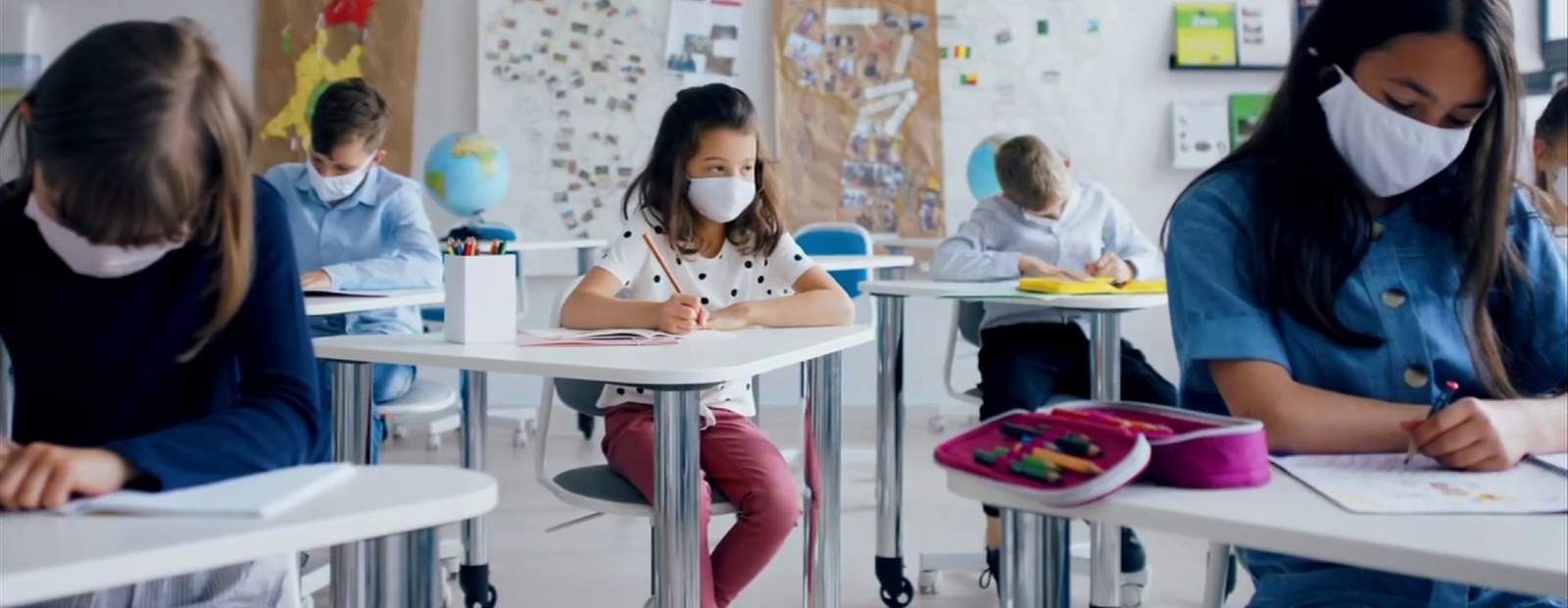The unprecedented nature of the COVID-19 pandemic presents challenges for both educators and elected officials in the decision-making process regarding school reopening for in-person learning. During this time, schools at every level around the nation have been making decisions about when and how to open schools safely. Since schools are a critical part of communities’ infrastructure—often helping to mitigate health inequities by supplying essential services for mental, physical, and behavioral health—many people advocate for swift school reopenings. Conversely, many argue that the risks associated with leaving students, particularly young school children, to fend for themselves against a non-discriminatory and highly contagious virus drastically outweigh the benefits of in-person learning. Further, many elected officials cite the burden of financial losses as a deterrence for both methods. If schools go remote, there is the potential for budget deficits. Similarly, if schools chose to reopen, substantial resources must be made available to sustain a safe environment. Nonetheless, since the start of the pandemic, all fifty states closed schools and resorted to online instruction at some point during the 2019-2020 academic year. In general, states and schools themselves have been given the autonomy to decide their approach. Under President Trump’s leadership, he has explicitly stated his ongoing support for in-person learning provided that schools implement mitigation measures and health protocols to protect students and teachers; however, he has not made any substantial policy efforts to aid this process. As of December 17th, thirty-five states left decisions to schools or districts concerning in-person learning. Additionally, eleven states had state-mandated regional school closures, required closures for specific grade levels, or allowed hybrid teaching only. Lastly, four states had state-mandated in-person learning, and Washing D.C. alone had a district-ordered school closure. Without the overarching guidance of the U.S. Federal Governments, states are ultimately left to take their own unique approach, resulting in various strategies and practices.
The State of New York has been grappling with their decision of sending students back to school. After the initial covid outbreak in early March, students struggled with adjusting to online learning. One source wrote, “It is widely recognized that parental assistance with and support of student learning has also likely varied depending on the age of the student as well as other social, economic, and family‐related factors.” During this time period, teachers felt as if their students learnt the least amount of information than before. Educators and government officials are going back and forth to see what the best solution for their students is, and government officials seem to not be listening to what educators have to say.
